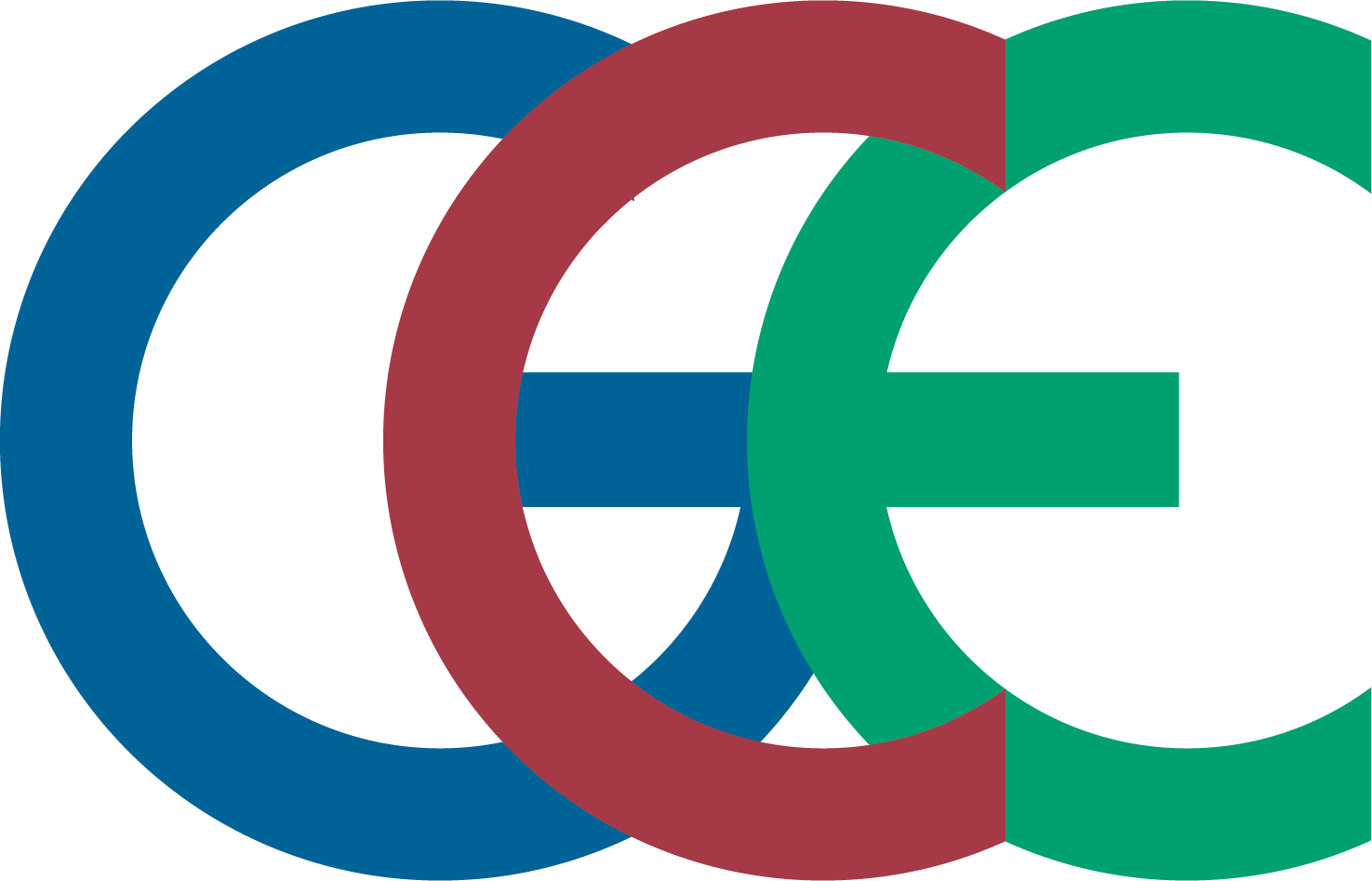Lecture/Seminar: Land Use Change and Microclimate (A10) (28800)
SS 2023
Tu.: 12:00-14:00, S23 (DigiLLab GEO II)
Christoph Thomas, Wolfgang Babel, Anke Nölscher
For Lecture/Seminar and Seminar/Exercise, 5 ECTS in total
Starting date: 18 April, 2023
Learning Objectives: The learning outcome of this class is to comprehend the fundamental interactions between anthropogenic land use and land cover changes and the cycling of heat, water, carbon and reactive gas species at the land surface, to collect and analyze field observations, and to apply this knowledge across contrasting land uses and covers.
Course Content: Land use and land cover (LULC) change from local to global scales is an important aspect of global change and acts as both a responder to social-economic demands and as a driver of societal development. At the heart of this feedback processes is the biogeochemical cycling of heat, water, carbon, and reactive species creating specific microclimates between the land surface and the near-surface air, both of which comprise the ‘critical zone’ containing almost all terrestrial life including human activities. The microclimate and thus the state of the critical zone is important for identifying sustainable solutions in a rapidly changing world impacted by urbanization, agricultural expansion, afforestation, and desertification. Students will first develop a conceptual problem- and process-oriented understanding of how LULC changes impact the microclimatic cycling of heat, water, carbon, and other trace gases in a classroom setting. Next, they will apply their skills by designing, conducting, analyzing, and interpreting field measurements of heat, water, and radiative fluxes across the soil-air-plant continuum across contrasting land use types (grassland, urban land cover) to understand the urban heat island and agricultural cool islands. Methods include commonly applied micrometeorological experimental techniques and models including the Bowen-ratio, Penman-Monteith evapotranspiration, and Soil-Vegetation-Atmosphere Transfer (SVAT) models.
<< Back to list of teaching courses

